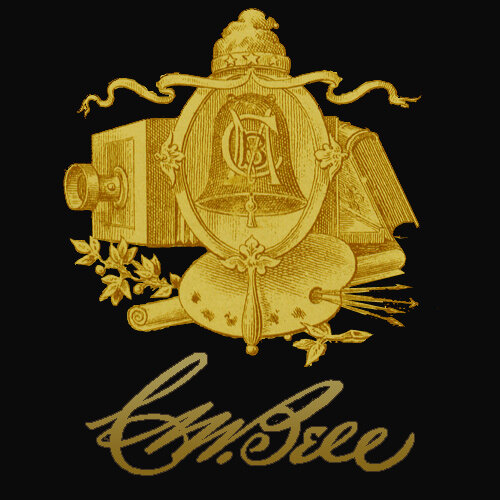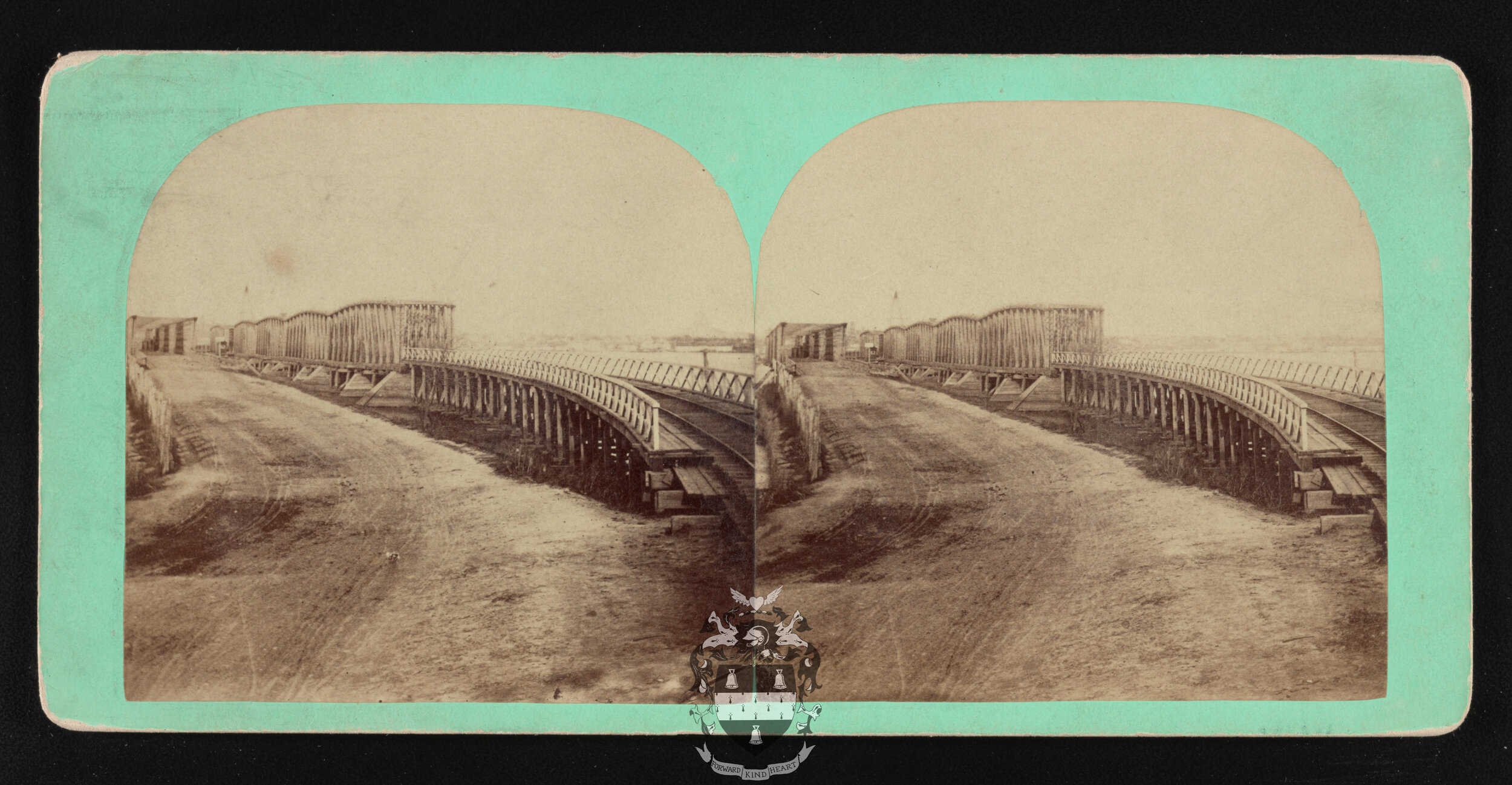Visions of a Nation
In the latter half of the 19th century, as the United States emerged from the throes of civil strife and embarked on a path toward reconstruction and growth, the art of photography experienced a transformative evolution. Among the pioneers of this visual revolution was the Bell & Brothers studio, which adeptly harnessed the burgeoning popularity of stereographs to document the nation's capital in vivid, three-dimensional detail.
Stereographs, a novel photographic technique of the era, involved capturing two nearly identical images side by side. When viewed through a stereoscope, these images merged to create a single, immersive three-dimensional scene, offering viewers an unprecedented sense of depth and realism. Recognizing the potential of this medium, Bell & Brothers produced an extensive collection of stereographic views that encapsulated the essence of Washington, D.C., during a pivotal period in its history.
The studio's portfolio encompassed a diverse array of subjects, from iconic landmarks to quotidian scenes that collectively painted a comprehensive portrait of the city. Notable among these is the Grave of George Washington, a solemn tribute to the nation's founding father, rendered with a depth that invites contemplation. Equally compelling are views of the Potomac River at Great Falls, where the dynamic interplay of water and terrain is captured with striking clarity, and the Arlington Cemetery, presented with a reverence befitting its status as hallowed ground.
Infrastructure and architectural feats also feature prominently in the collection. The Long Bridge, a critical conduit spanning the Potomac, is depicted in multiple views, each highlighting its structural significance and the lifeline it provided between locales. The U.S. Observatory and the Washington Monument stand as testaments to the nation's scientific and commemorative endeavors, their images reflecting the aspirations of a society in transition.
Residential and institutional edifices are not overlooked. The Soldier's Home, a refuge for veterans, and the Agricultural Grounds showcase the city's commitment to social welfare and agrarian pursuits. The President's Home, known today as the White House, is presented in a manner that conveys both its stately grandeur and its role as the executive epicenter. The Smithsonian Institution, colloquially termed the "Castle," emerges as a beacon of knowledge and cultural preservation, its distinctive architecture captured in meticulous detail.
The political heartbeat of the nation is palpably felt through images of the U.S. Capitol, with its west front and botanical gardens meticulously documented. Views along Pennsylvania Avenue leading to the Capitol encapsulate the thoroughfare's significance as a ceremonial and functional artery of the city. Interiors of the U.S. House of Representatives and the Congressional Library offer glimpses into the spaces where legislative and intellectual endeavors unfold.
Through the lens of Bell & Brothers, these stereographs transcend mere visual records; they serve as immersive portals into the past, allowing contemporary audiences to experience the spatial and emotional contours of 19th-century Washington, D.C. The studio's dedication to this craft not only enriched the cultural tapestry of their time but also bequeathed a legacy that continues to inform and inspire our understanding of the nation's capital during a formative epoch.
Grave of George Washington
Scenery on the Potomac River, GreatFalls
Arlington Cemetery
Long Bridge
Long Bridge
Long Bridge
U.S. Observatory
Washington Monument
The Soldier's Home
Agricultural Grounds
The President's Home (White House)
The Smithsonian Institution
The Smithsonian Institution
West front of Capitol and Botanic Garden
Penn Avenue and U.S. Capitol
The Capitol West
U.S. Capitol
The U.S. Capitol
West Capitol Ground
U.S. House of Representatives
Congressional Library
Arlington House, Va

























